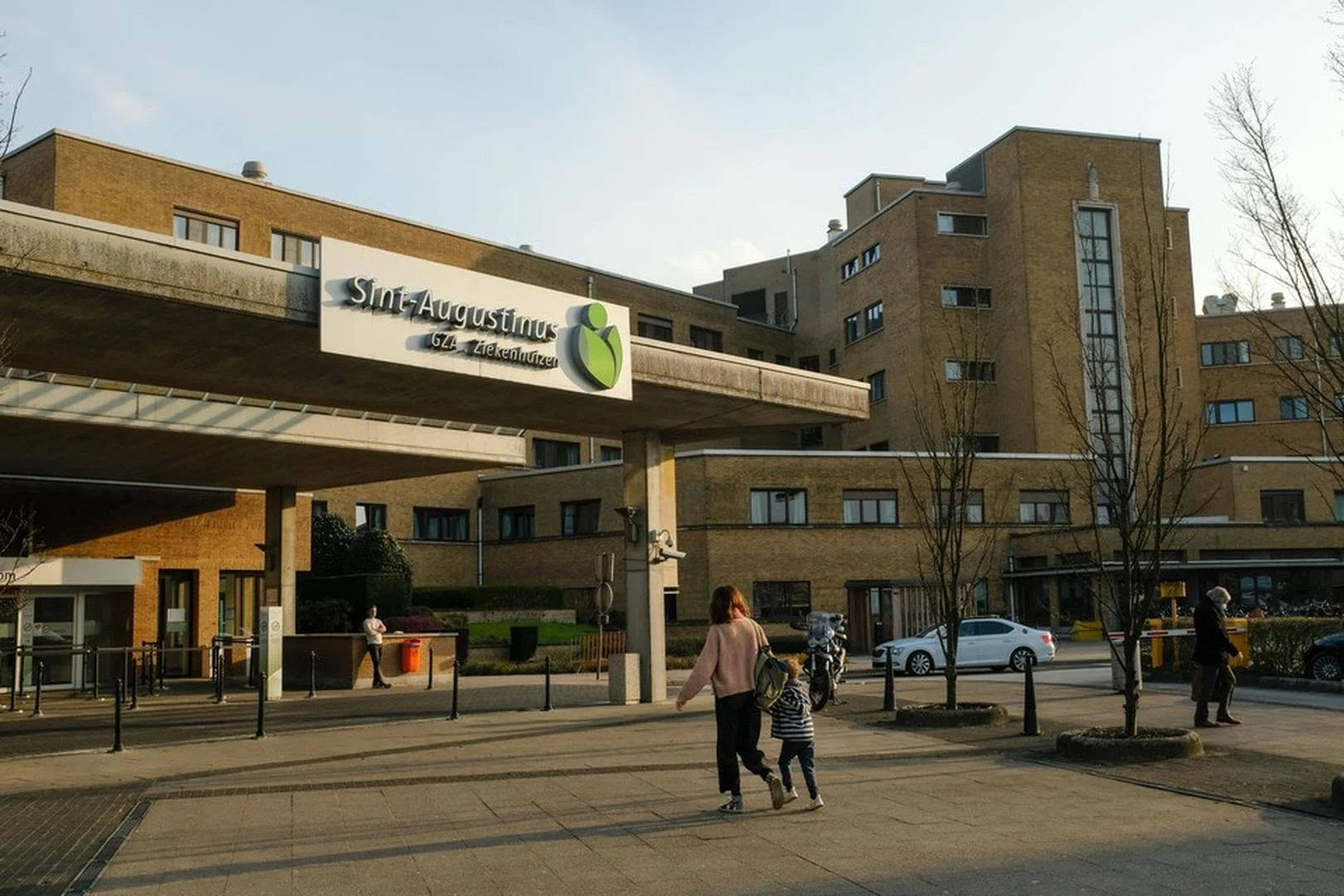From analysis to a sustainable action plan for project operations


Internal projects were too slow or diffuse due to unclear processes.
Healthcare professionals experienced thresholds when starting and executing improvement processes.
There was need for support to deal with change in a complex hospital context.
Insight into the most important bottlenecks within project approach and collaboration.
Confirmation from internal suspicions through external interviews with stakeholders.
Incentive to small-scale initiatives with support within the organization.
Healthcare never stands still. We need to be able <span class="text-color-red">to change without slowing down</span>; and that works better if we know where it really is.
With more than 1,000 available beds and around 3,600 employees, GZA Hospitals one of the largest healthcare institutions in Belgium. The hospital consists of three campuses in Antwerp and is part of the Antwerp Hospital Network (ZNA).
In 2024, GZA and ZNA officially merged under the new name ZAS (Hospital aan de Stroom), creating one of the largest hospital groups in the country.
GZA is not only investing in quality care for patients, but also in the development and support of employees.
GZA Hospitals was located in the midst of a period of intensive transformation. The impact of the Covid pandemic was still being felt, while other major shipyards were running at the same time:
- The introduction of a new electronic health record (EPD)
- Preparing for a large-scale merger with ZNA
- A structural staff shortage that put pressure on internal operations
“Over the past few years, we have faced many challenges. Covid, the EPD, the merger... These changes require a lot from an organization.” says Quinten Debruyne
Within that context, it became increasingly important to have internal projects fast, efficient and structured to set up. Not only to guarantee the continuity of care, but also to support employees in their work.
GZA noticed that many initiatives were being launched throughout the organization - from minor process improvements to larger change processes - but that it was often difficult to monitor consistency and progress.
Prior to the workshops, Harmony started with interviews with a diverse group of internal stakeholders. By first listening broadly, the team got a clear picture of the barriers that employees and doctors experience when starting and implementing projects. These insights formed the basis for the further process.
In addition, GZA has already brought together a number of preparatory thinking exercises internally. That input was included in order to continue working in a targeted manner.
The first workshop focused on focusing and categorizing the biggest bottlenecks. Important here:
- The insights from the interviews were widely recognized
- Different perspectives came together in one shared overview
- The session provided a supported basis for further action
The second session focused on what participants can already change themselves within their sphere of influence. Harmony guided the team to:
- formulating small-scale, realistic experiments
- aligning priorities with feasibility and impact
- taking ownership within your own department or role|
The combination of external sharpness and internal recognition ensured that ideas did not remain on paper, but were immediately translated into feasible first steps.
The Business Next Step process gave GZA Hospitals the necessary support to better understand and specifically strengthen your own project operations. This is how we achieved:
- one shared and validated picture of structural bottlenecks
- a basis for better aligning initiatives
- concrete actions that could be picked up immediately within teams and departments
The combination of interviews, reflection and co-creation resulted in recognition and ownership. Employees felt heard and challenged to contribute to change in their role.
Thanks to the pragmatic approach, first initiatives could be picked up quickly, with attention to quick wins and structural improvements in the long term.

